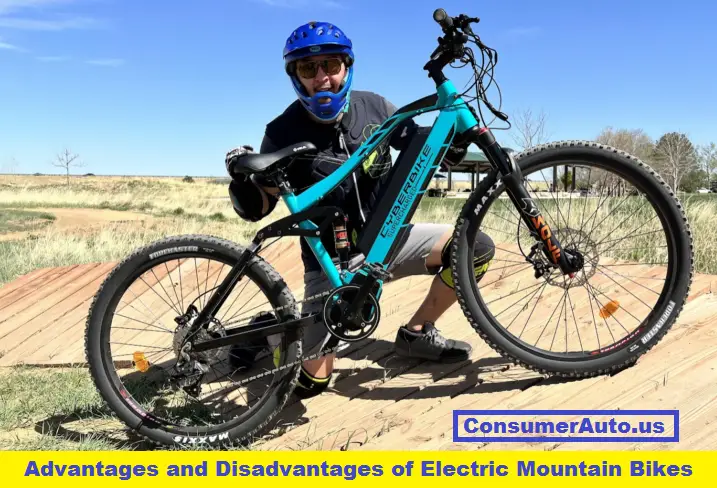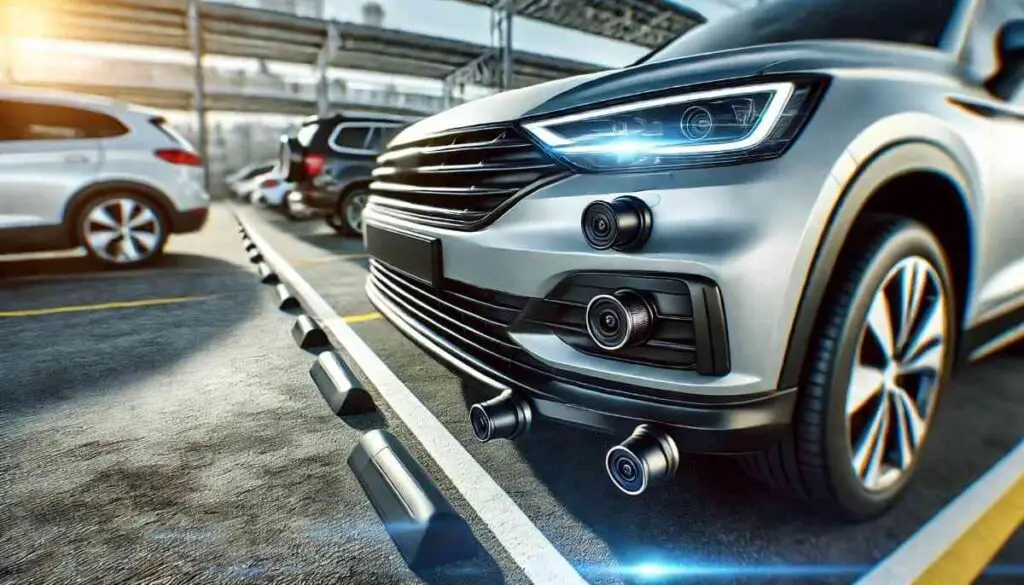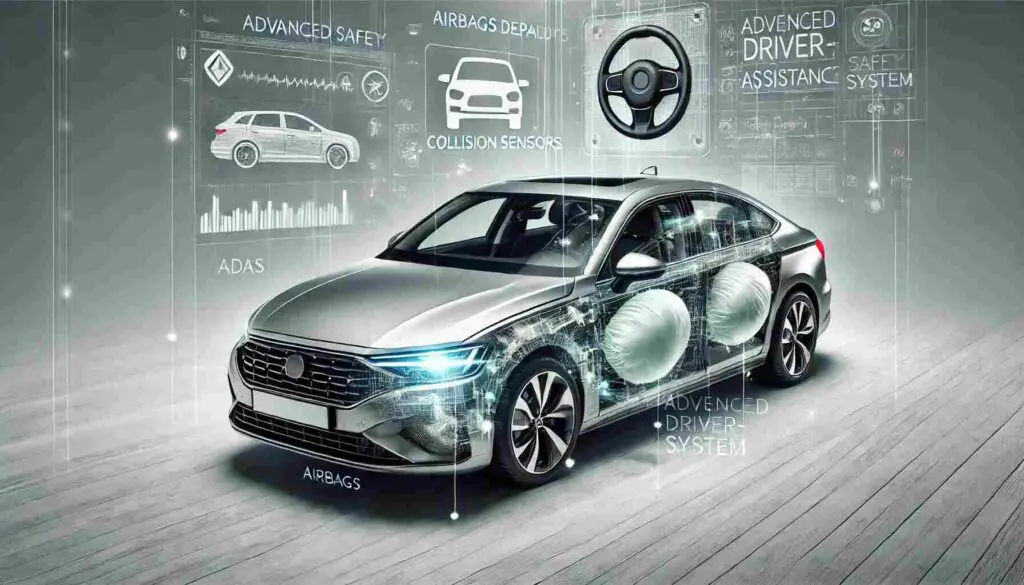In recent years, the world of mountain biking has witnessed a remarkable transformation with the emergence of Electric Mountain Bikes (eMTBs). These innovative two-wheelers combine the thrill of traditional mountain biking with the power of electric assistance, revolutionizing the way enthusiasts experience the great outdoors. In this comprehensive article, we delve into the pros and cons of electric mountain bikes, shedding light on their various aspects to assist you in making an informed decision about whether an eMTB is the right choice for your biking adventures.
Pros of Electric Mountain Bikes
Enhanced Riding Experience
- Assistive Power for Uphill Climbs: Electric mountain bikes provide a significant advantage when conquering steep inclines. The integrated electric motor offers a boost of power, making uphill climbs more manageable and less strenuous.
- Extended Range for Longer Rides: The inclusion of a battery-powered motor extends the range of your rides, allowing you to explore more trails and cover greater distances without the fear of running out of steam.
- Reduced Fatigue and Increased Endurance: The electric assistance ensures that riders can maintain a steady pace for longer periods, reducing overall fatigue and enhancing endurance during challenging rides.
Accessibility and Inclusivity
- Suitable for Various Fitness Levels: Electric mountain bikes cater to a wide range of fitness levels, enabling riders of differing abilities to enjoy the thrill of mountain biking together.
- Ideal for Riders Recovering from Injuries: For those recovering from injuries, eMTBs offer a gentler way to ease back into biking, allowing riders to gradually rebuild their strength and skills.
- Promoting Family and Group Outings: The accessibility of eMTBs encourages family and group outings, enabling bikers of different skill levels to share memorable experiences on the trails.
Environmental Benefits
- Lower Carbon Emissions: Electric mountain bikes contribute to a cleaner environment by producing fewer carbon emissions compared to traditional vehicles, making them a sustainable choice for eco-conscious adventurers.
- Reduced Trail Erosion and Ecological Impact: The motorized assistance of eMTBs results in less trail erosion, minimizing the ecological impact on natural landscapes and preserving the beauty of biking trails.
- Energy Efficiency and Sustainability: Electric mountain bikes are designed with energy efficiency in mind, utilizing rechargeable batteries and promoting a more sustainable mode of transportation.
Exploration and Adventure
- Access to Remote and Challenging Trails: Electric mountain bikes open up new horizons, granting riders access to remote and challenging trails that were once considered off-limits due to their difficulty.
- Opportunity to Cover Greater Distances: With the assistance of the electric motor, bikers can cover greater distances in a single ride, enabling them to explore a wider range of terrains and breathtaking landscapes.
- Discovering New Terrains and Landscapes: The exploration aspect of eMTBs adds a sense of adventure to your rides, as you venture into uncharted territories and discover hidden gems in the great outdoors.
Commuting and Practicality
- Cost-Effective Transportation Option: Electric mountain bikes offer a cost-effective alternative for daily commuting, significantly reducing expenses related to fuel and parking.
- Avoiding Traffic Congestion and Parking Hassles: EMTBs provide a hassle-free commuting solution, allowing riders to bypass traffic congestion and find convenient parking spots.
- Integrating with Public Transportation Systems: The compact and versatile design of eMTBs makes them compatible with various modes of public transportation, facilitating seamless multi-modal commutes.
Cons of Electric Mountain Bikes
Cost and Affordability
- Initial Investment in eMTB Technology: One of the main drawbacks of electric mountain bikes is the initial cost, which includes the purchase of the bike itself as well as the battery and motor technology.
- Maintenance and Repair Expenses: EMTBs may incur higher maintenance and repair costs compared to traditional bikes, especially when dealing with the electrical components.
- Battery Replacement Costs: Over time, the battery’s performance may diminish, requiring eventual replacement, which can be a significant expense.
Weight and Handling
- Heavier Frame and Components: The addition of the electric motor and battery results in a heavier overall weight, affecting the bike’s agility and handling, particularly during technical maneuvers.
- Impact on Maneuverability and Control: The increased weight can affect the bike’s maneuverability, making it slightly more challenging to navigate tight corners and navigate through rough terrain.
- Challenges in Lifting and Transporting: Transporting an eMTB, especially when lifting it onto a vehicle rack, can pose challenges due to the bike’s weight and bulkiness.
Impact on Physical Fitness
- Reduced Physical Exertion: The electric assistance provided by eMTBs reduces the physical exertion required during rides, potentially affecting the level of cardiovascular and muscular engagement compared to traditional biking.
- Potential Decline in Cardiovascular Fitness: Regular use of eMTBs with minimal physical effort may lead to a decline in cardiovascular fitness over time if riders do not engage in supplementary cardiovascular workouts.
- Balancing Exercise and eMTB Usage: Finding the right balance between enjoying the electric assistance and maintaining a healthy level of physical activity can be a challenge for eMTB enthusiasts.
Regulatory and Trail Access Issues
- Restrictions in Some Trails and Conservation Areas: Certain trails and conservation areas may impose restrictions on motorized vehicles, limiting the accessibility of eMTBs to specific locations.
- Debate Over Motorized Versus Non-Motorized Use: The presence of electric motors on mountain bikes has sparked debates regarding their classification as motorized vehicles, leading to discussions about their compatibility with non-motorized trail systems.
- Navigating Local Regulations and Permissions: Riders must be aware of and adhere to local regulations and permissions governing the use of eMTBs in various regions, which can sometimes be complex to navigate.
Environmental Concerns
- Increased Demand for Lithium-Ion Batteries: The rise in popularity of eMTBs has led to an increased demand for lithium-ion batteries, which raises concerns about the environmental impact of battery production and disposal.
- Disposal and Recycling Challenges: Proper disposal and recycling of lithium-ion batteries present challenges, as inadequate management can lead to negative environmental consequences.
- Addressing the Overall Carbon Footprint: While eMTBs offer lower emissions during operation, the overall carbon footprint should be considered, taking into account manufacturing, transportation, and battery-related factors.
Longest Range Electric SUVs in 2023: Unraveling the Top
Frequently Asked Questions (FAQs)
A. Are Electric Mountain Bikes Cheating?
- Electric mountain bikes are not considered cheating; rather, they provide a different biking experience that appeals to a diverse range of riders. The level of assistance can be adjusted to suit individual preferences and fitness goals.
B. How Far Can I Ride on a Single Battery Charge?
- The range of an eMTB on a single battery charge varies based on factors such as terrain, rider weight, assistance level, and battery capacity. Modern eMTBs can offer ranges anywhere from 20 to 80 miles or more.
C. Can I Use an eMTB for Regular Commuting?
- Yes, eMTBs are suitable for regular commuting, offering an efficient and eco-friendly mode of transportation that helps you avoid traffic and reduce your carbon footprint.
D. Do eMTBs Require Special Maintenance?
- EMTBs do require some specialized maintenance, particularly related to the electrical components. Regular maintenance tasks include checking the battery, motor, and wiring for any issues.
E. Are eMTBs Suitable for Beginners?
- EMTBs can be suitable for beginners, especially those who may not have a strong background in traditional mountain biking. The electric assistance can help beginners build confidence and skills more quickly.
F. What Is the Average Lifespan of an eMTB Battery?
- The lifespan of an eMTB battery depends on factors like usage, charging habits, and overall care. On average, a well-maintained eMTB battery can last anywhere from 2 to 5 years or more.
G. How Do eMTBs Impact Trail Systems?
- EMTBs can have varying impacts on trail systems, depending on factors such as rider behavior, trail design, and local regulations. Responsible riding and trail stewardship are crucial to minimize any negative effects.
H. Are There Any Health Risks Associated with eMTB Usage?
- While eMTBs offer a less physically demanding experience, they do not pose significant health risks when used responsibly. However, riders should still prioritize maintaining a healthy level of physical activity.
I. What Are the Legal Regulations for eMTBs in Different Regions?
- Legal regulations for eMTBs vary widely by region. It’s essential to familiarize yourself with local laws and regulations regarding where and how eMTBs can be ridden.
J. Can I Convert My Existing Mountain Bike into an eMTB?
- Converting a traditional mountain bike into an eMTB is possible, but it requires specialized kits and expertise. It’s advisable to consult with a professional bike technician before attempting a conversion.
Conclusion
In conclusion, electric mountain bikes have ushered in a new era of biking that combines the thrill of traditional mountain biking with the convenience of electric assistance. While eMTBs offer a host of benefits, including enhanced riding experiences, environmental advantages, and expanded exploration opportunities, they also come with some considerations such as cost, maintenance, and regulatory issues. As you embark on your journey to decide whether an eMTB is the right fit for you, we encourage you to weigh the pros and cons carefully, consider your personal preferences and needs, and embrace the evolving technology that is shaping the future of mountain biking.









